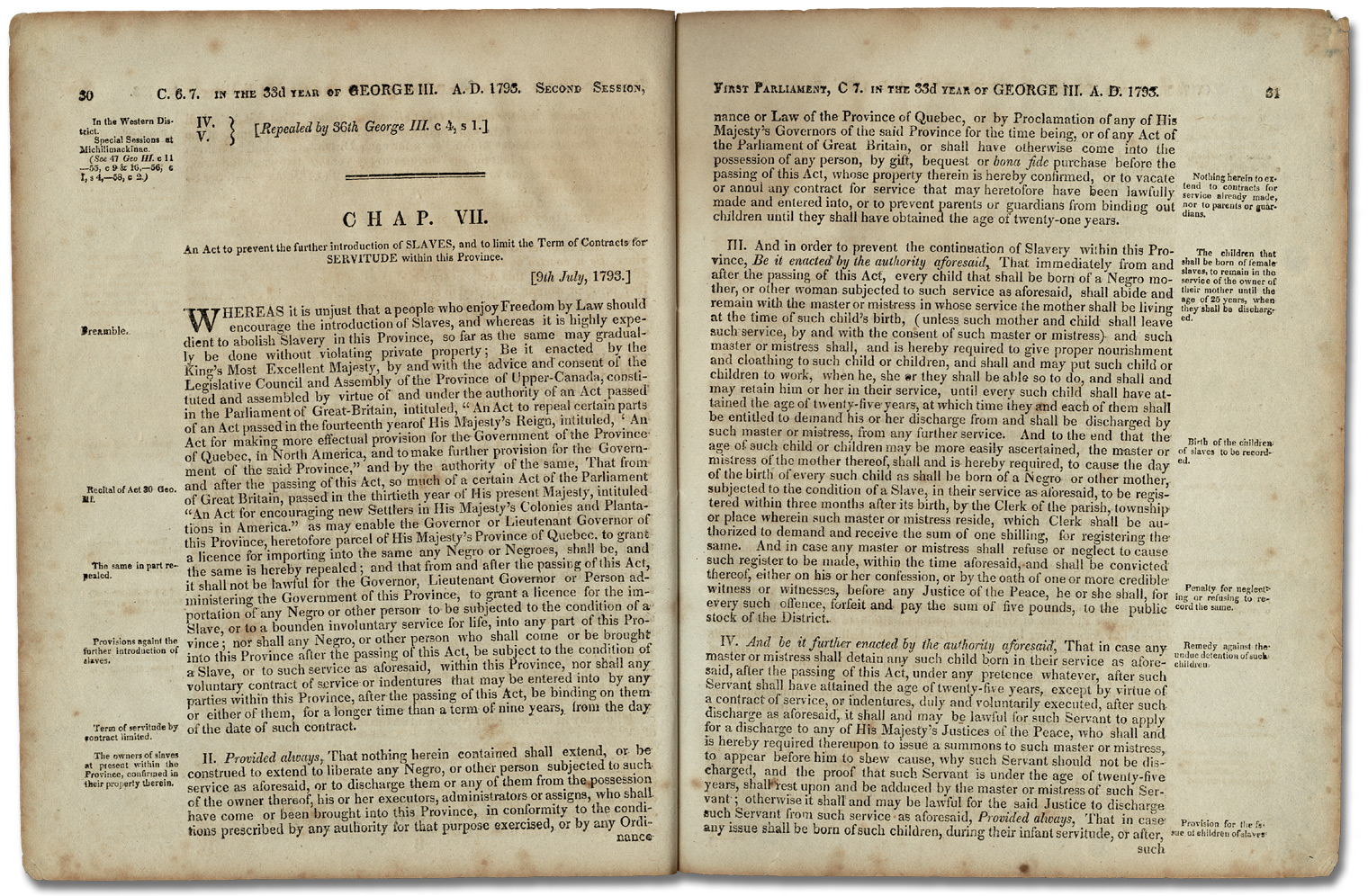|
Battle Of Woody Point
The Battle of Woody Point was an incident in western Canada in June 1811 involving the Tla-o-qui-aht natives of the Pacific Northwest and the '' Tonquin'', an American merchant ship of the Astor Expedition. The vessel had traveled to Clayoquot Sound off Vancouver Island to trade for furs. Following an argument begun during the bartering, the Tla-o-qui-aht captured the vessel and massacred most of the crew; one remaining sailor then scuttled her by detonating the powder magazine. Background On March 22, 1811, the '' Tonquin'', a 290-ton barque commanded by Lieutenant Jonathan Thorn, reached the Columbia River with the intention of trading with the natives of the northern Pacific coast. To do this a trading post was necessary. After sailing around the mouth of the river for a while, the traders established Fort Astoria, the first American claim on the Pacific coast. The ''Tonquin'' had departed New York the previous September, with brief stops in the Falkland Islands in the Sou ... [...More Info...] [...Related Items...] OR: [Wikipedia] [Google] [Baidu] |
Scuttling
Scuttling is the deliberate sinking of a ship. Scuttling may be performed to dispose of an abandoned, old, or captured vessel; to prevent the vessel from becoming a navigation hazard; as an act of self destruct, self-destruction to prevent the ship from being captured by an enemy force (or, in the case of a vessel engaged in illegal activities, by the authorities); as a blockship to restrict navigation through a Channel (geography), channel or within a harbor; to provide an artificial reef for divers and marine life; or to alter the flow of rivers. Notable historical examples Skuldelev ships (around 1070) The Skuldelev ships, five Viking ships, were sunk to prevent attacks from the sea on the Danish city of Roskilde. The scuttling blocked a major waterway, redirecting ships to a smaller one that required considerable local knowledge. Cog near Kampen (early 15th century) In 2012, a Cog (ship), cog preserved from the keel up to the decks in the silt was discovered alongside ... [...More Info...] [...Related Items...] OR: [Wikipedia] [Google] [Baidu] |
Slavery In Canada
Slavery in Canada includes both that practised by First Nations from earliest times and that under European colonization. Britain banned the institution of slavery in present-day Canada (and British colonies) in 1833, though the practice of slavery in Canada had effectively ended already early in the 19th century through local statutes and court decisions resulting from litigation on behalf of enslaved people seeking manumission. The courts, to varying degrees, rendered slavery unenforceable in both Lower Canada and Nova Scotia. In Lower Canada, for example, after court decisions in the late 1790s, the "slave could not be compelled to serve longer than he would, and ... might leave his master at will." Upper Canada passed the Act Against Slavery in 1793, one of the earliest anti-slavery acts in the world. As slavery in the United States continued until 1865 with the passage of the Thirteenth Amendment, black people (free and enslaved) began immigrating to Canada from the Uni ... [...More Info...] [...Related Items...] OR: [Wikipedia] [Google] [Baidu] |

